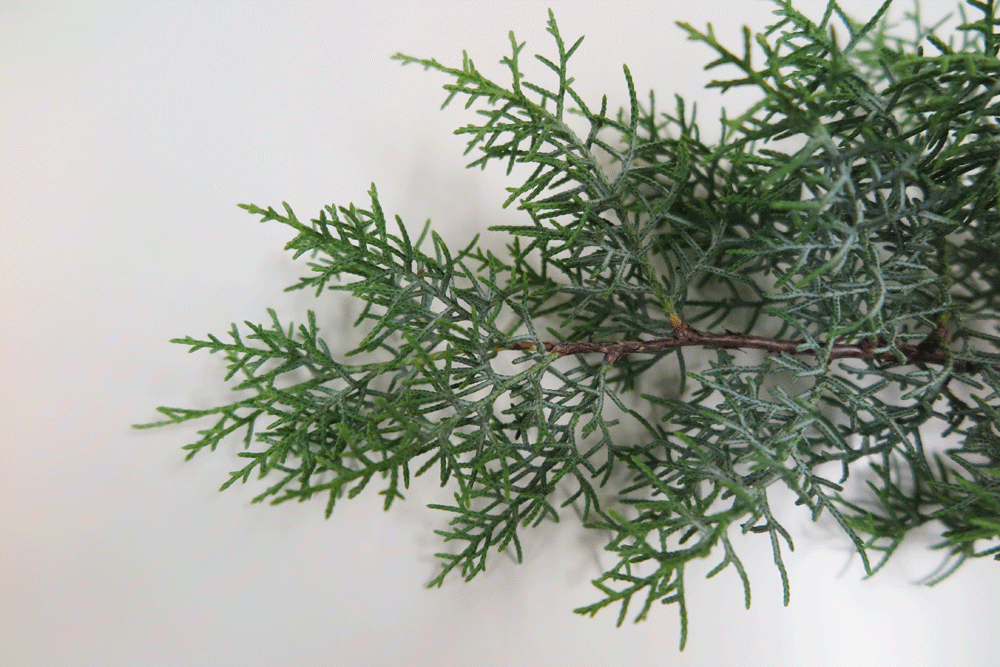Juniper
Juniper, Juniperus
Junipers are tough and versatile. A form, color and texture is available for most landscaping situations.

Growing
Junipers prefer full sun but tolerate light shade. The soil should be of average fertility and well drained, but these plants tolerate most conditions. Do not over-water.
Tips
Junipers make prickly barriers, hedges and windbreaks. They can be used in borders, as specimens or in groups. The low-growing species can be used in rock gardens and as groundcover. For interesting evergreen color, mix the yellow-foliaged junipers with blue-needled varieties.
Recommended
Junipers vary from species to species and often from cultivar to cultivar within a species. There are many species native to Texas. J. chinensis (Chinese juniper) is a conical tree or spreading shrub. J. conferta (shore juniper) is a bushy, prostrate shrub. J. horizontalis (creeping juniper) is a prostrate, creeping groundcover. J. procumbens (Japanese garden juniper) is a wide-spreading, low shrub.
Texas cedar, also called ashe cedar or mountain cedar, J. ashei, is a Texas native that can be quite invasive, takes up large amounts of water, and is also the source of common allergy problems across the state.
Eastern red cedar, J. virginiana, is a Texas native that has been widely used for its rot-resistant wood. While it has been more commonly planted as an ornamental specimen tree, the male trees also produce allergy inducing pollen.
Features: foliage; variety of color, size and habit
Habit: conical or columnar tree, rounded or spreading shrub or prostrate groundcover; evergreen
Height: 6"–70'
Spread: 12"–25'
Hardiness: zones 3–8
Notes: The prickly foliage may give some gardeners a rash.


